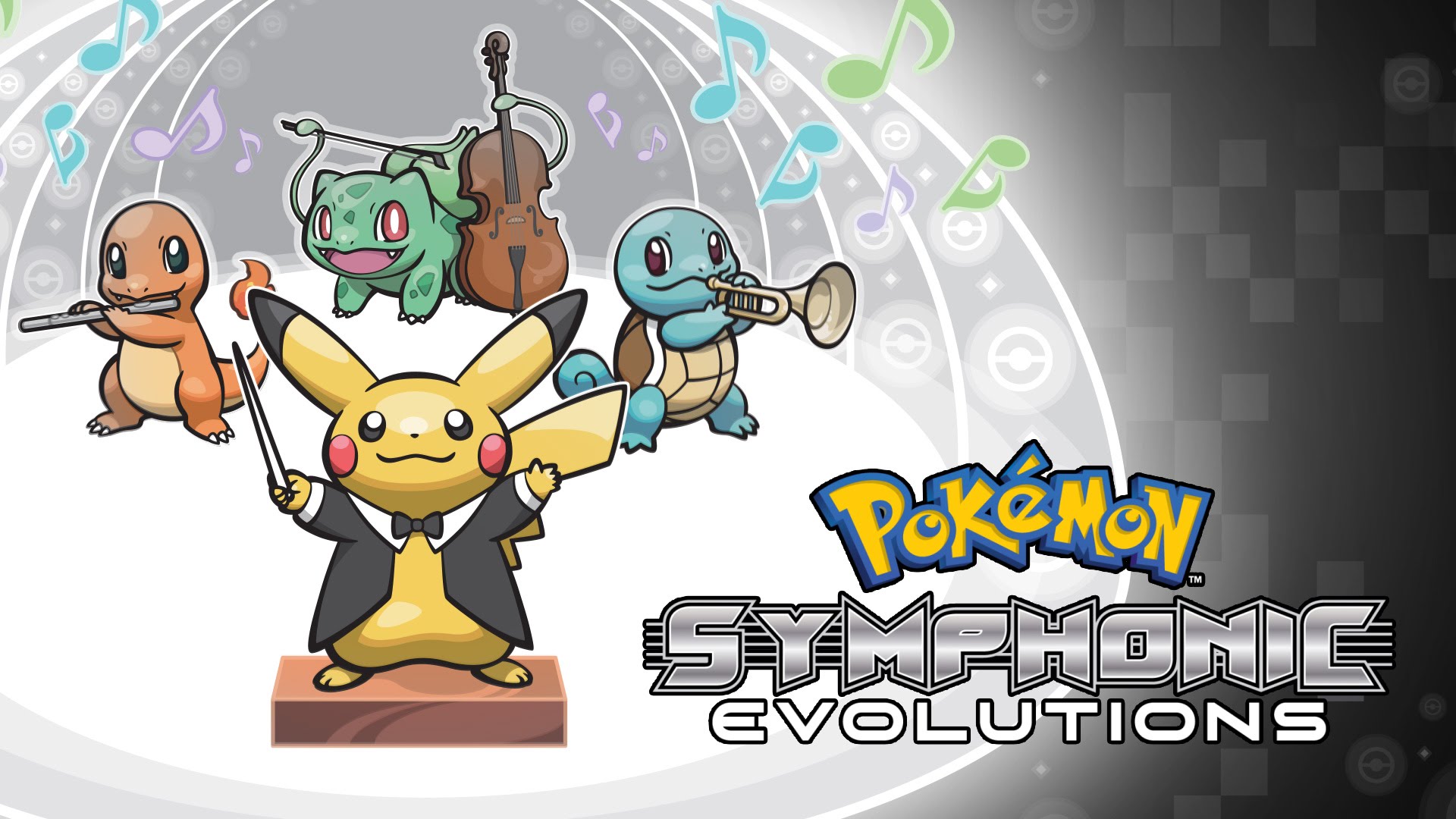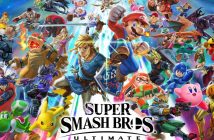Why did we need both a Red and a Blue version for the original Pokémon games on the Nintendo Game Boy? They were materially identical in story, game play mechanics, length of time to compete, functions… but yet we were given 2 versions of the same game, albeit with different color cartridges and a different starter Pokémon on its cover.
Of course we could chaulk it up to a brilliant marketing scheme where the company convinced parents of 10 year olds, just like the age of the protagonist in the game, to not only shell out the cash for one game, but for a second one. That would be taking the easy approach though. Despite the money making genius of it all, the company also pushed link cables. These cables allowed for version exclusive Pokémon to be traded and for friends and rivals to show off who was truly the best Pokémon trainer. As a matter of fact, without the aid of cheats/glitches, the games required players that sought to “Catch em all” to have to out and socialize, link up and trade some Pokémon.
At the heart of Pokémon is something more than just playing a video game, it is about socializing. These games have spawned debates over which starter Pokémon should be chosen (never water type… get real), memories of going through the neighborhood as a children and meeting complete strangers just to trade (do parents let that happen anymore, we literally walked into stranger’s houses), the formation of a Pokémon community with tens of thousands of fans – all with the games meaning something different to them…
Why does this matter in the scheme of an orchestra? Well… the Pokémon Symphonic Orchestra show managed to hold true to the original intent of the Pokémon games. It got a guy out of the house whom had spent 1,500 hours catching 719/719 officially released Pokémon, and then organizing them 1 by 1 in National Pokedex order into the Pokémon Bank app. It brought hundreds of fans to see a format of music media they would never generally see. It led to people dressing up as characters they had grown attached to despite being nothing more than literal fiction, but it meant something to them, and other fans joined suit in taking photos and talking to people that on any other day, would had been a stranger without common interests.
We could spend all day talking about the success of the organizers of the event, The Pokémon Company/Nintendo granting permissions for the event content, the brilliant performance by the Cleveland Pops Orchestra, the even more brilliant work by the show’s conductor, the selection of the music, but in the end, Pokémon has never exactly been a game that is meant to impress on one technical feature alone.
It is not a series of impressive graphics, having never had a main entry on a home console, but rather limiting itself to 8-bit screens, pixels and handhelds. It is not even a series of impressive orchestrated scores with soundtracks like The Legend of Zelda, meant to bring us into the world with it. It is a game where all of these things are just complements to a social experience where we are meant to get out of our parent’s houses at a young age and explore.
The Pokémon Symphonic Orchestra was true to the feel of the games and offered the true fans that noticed, a chance to explore the world around us, a chance to meet new people generally separated by geographical constraints or arbitrary social constructs, and a chance to experience the beauty of what we may encounter while out there… which in this instance were mechanical waves created by the vibrations of instruments all precisely generated in ways that not only reflect outright talent, but also an understanding of what made us want to leave our homes and experience in the first place.
The Pokémon Symphonic Orchestra is a must see for fans , both too old to be telling their bosses where they were last weekend, and the young just beginning to experience why they still have a whole life ahead of them to “catch em all.”



